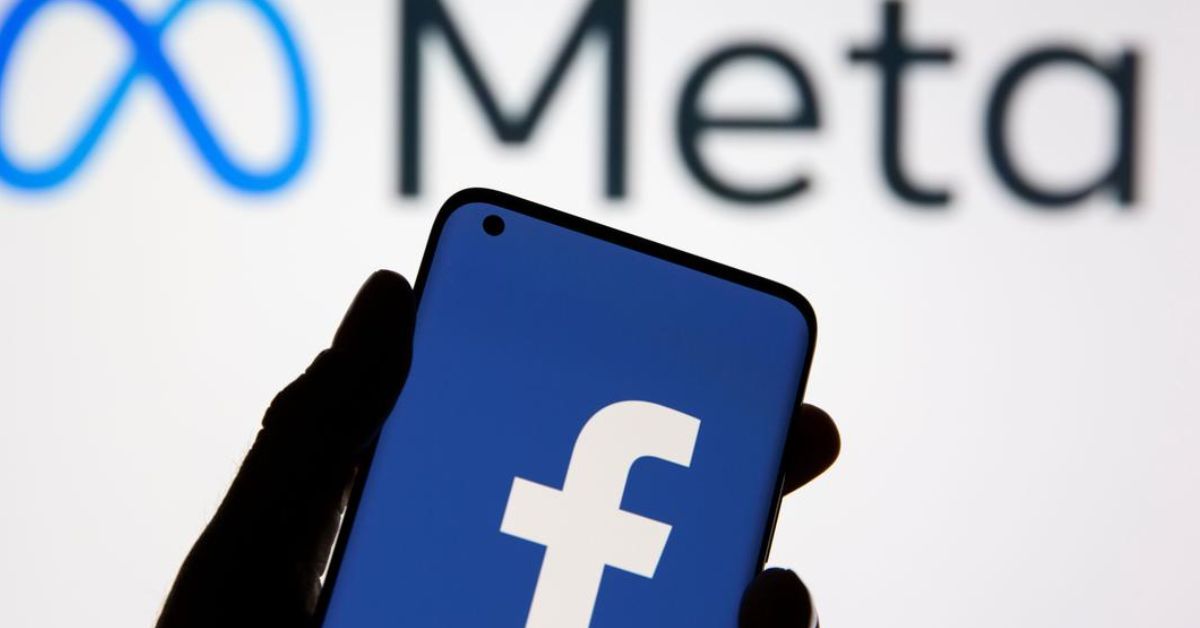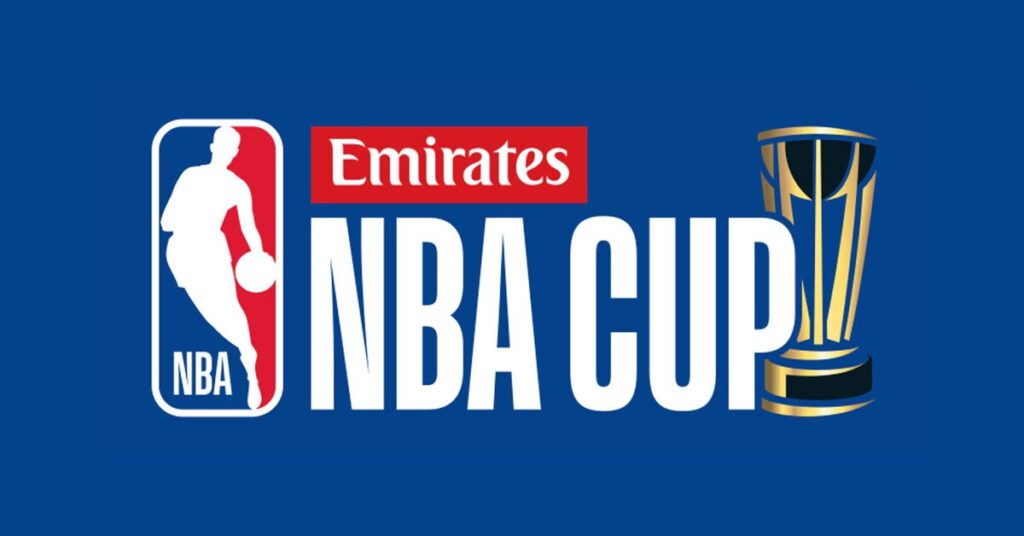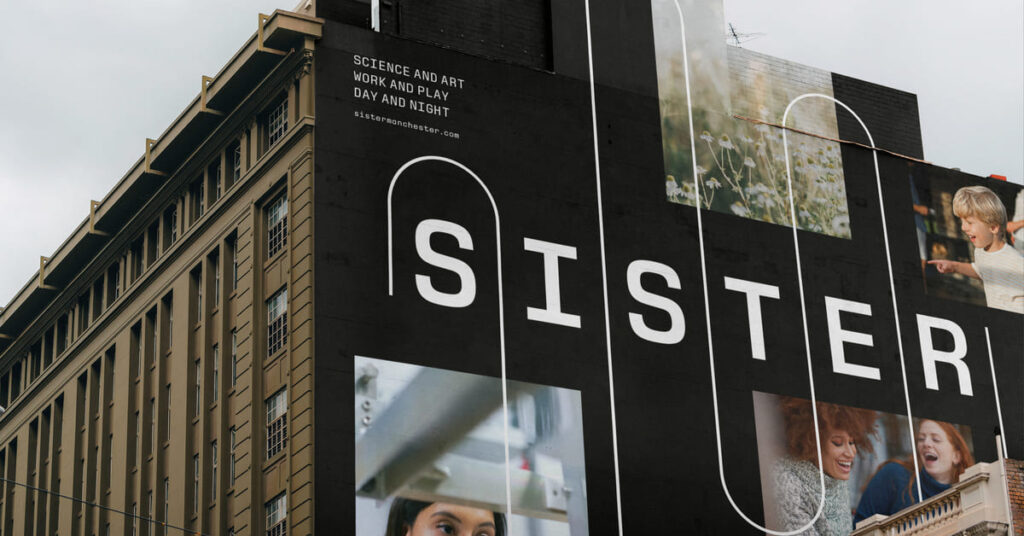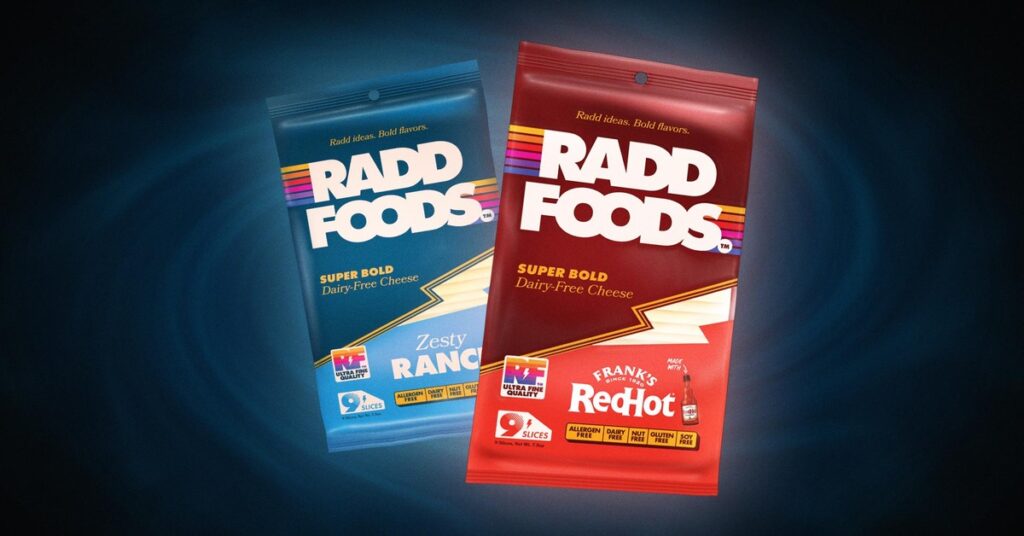In an era of constant evolution, even the titans of social media must refresh their identity to stay relevant. Facebook, under the wing of its parent company Meta, has unveiled a revamped brand identity. Let me take you through the key changes, the thinking behind the redesign, and what it means for Facebook’s users.

A Unified Brand Vision
Meta’s in-house design team has taken the reins in reshaping Facebook’s visual identity. The primary aim is to unify the brand and enhance accessibility. This marks the first phase of a broader brand refresh initiative, focusing on effortless exploration and connection across all touchpoints.
Redrawing the Logo and Wordmark
The most noticeable changes in this refresh are the redrawn logo and wordmark. Facebook’s custom typeface, known as Facebook Sans, has been employed to ensure consistent treatment and improved legibility. This harmonizes the wordmark with the rest of the typeface, creating a seamless visual experience.
A Bold New Blue
Facebook’s iconic blue has undergone a transformation. It now boasts a “more confident expression,” with increased contrast to make the prominent ‘f’ stand out and enhance visual accessibility. This new blue adds a fresh and dynamic look to Facebook’s brand.
Expanding the Color Palette
While blue remains the foundation, Facebook is expanding its color palette. Secondary blues have been introduced, providing versatility for various contexts, from marketing to in-app communication. This expanded palette allows Facebook to connect with users on a deeper emotional level.
Reimagining Reactions
Facebook’s iconic Reactions—those emoticons that express your sentiments—have received a makeover. Designed for greater legibility at smaller sizes, these icons now have the power to convey more emotion, enhancing the user experience.
Collaboration and Accessibility
This brand refresh was no small undertaking, considering the billions of users worldwide. Collaboration across different design teams, brand strategy, brand design, and engineering played a pivotal role in ensuring cohesion throughout the design system. Accessibility was a driving force, making sure the brand remains inclusive and user-friendly.
What’s Next?
The rollout of these changes will be gradual, with more updates on the horizon. As Facebook’s design director, Dave Nguyen puts it, “We wanted to ensure that the refreshed logo felt familiar, yet dynamic, polished, and elegant in execution. These subtle, but significant changes allowed us to achieve optimal balance with a sense of forward movement.”
Bottomline
In a summer marked by social media logo transformations, Facebook’s refreshed identity adds a touch of dynamism and accessibility to its already iconic brand. As the digital landscape continues to evolve, Facebook remains committed to providing a seamless and engaging experience for its vast user base. Stay tuned for more updates from the ever-evolving world of social media.
Also read: Johnson and Johnson Rebranded After 135 Years



